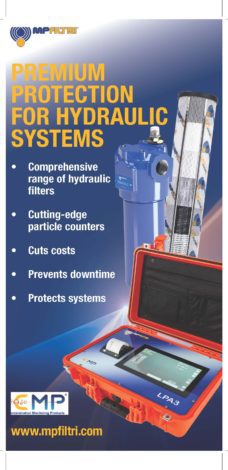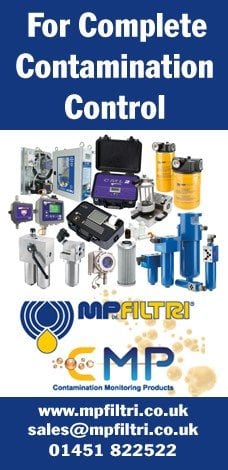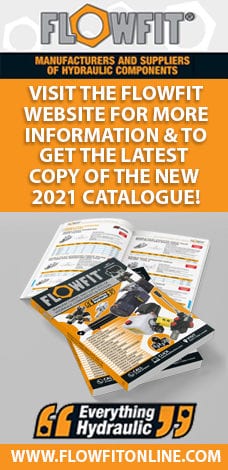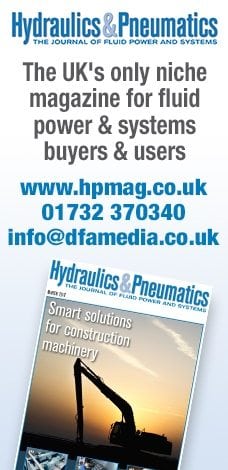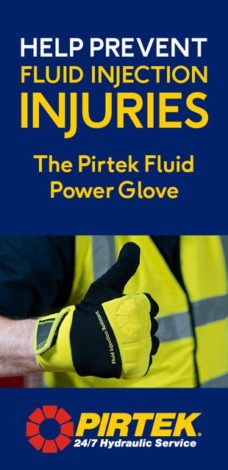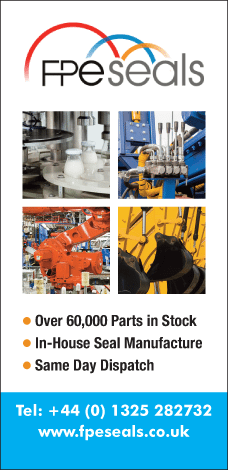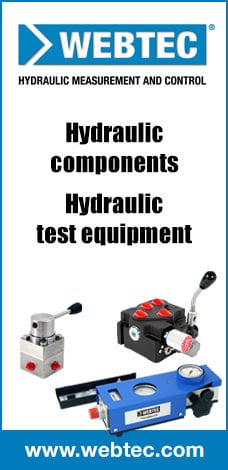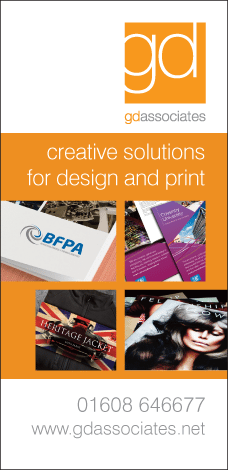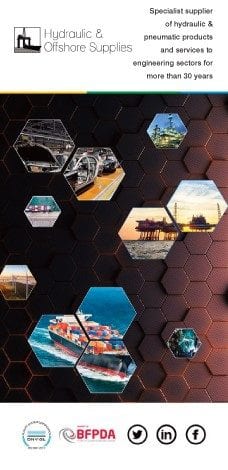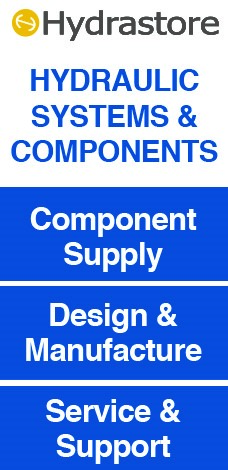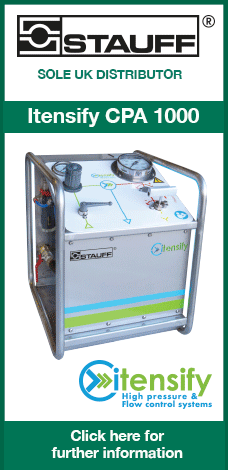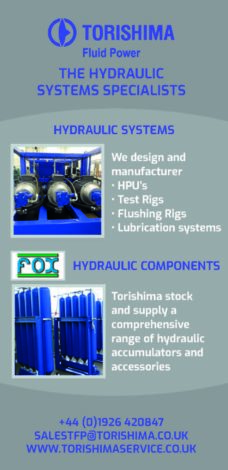This Directive replaces 98/37/EC and came into force on 29 December 2009.
The Machinery Directive is one of the earliest Directives to emanate from the EU’s long- running programme, a new approach to technical harmonisation and standardisation. A key part of this has been to regulate machinery within the European Union through the use of CE Marking.
A critical point to note is that it is the manufacturer who is responsible for verifying that a particular product falls within the scope of the Machinery Directive (Article 1).
The letters ‘CE’ on a machine essentially become the manufacturer’s proof that the machine meets the Essential Health and Safety Requirements (EHSRs) of the Machinery Directive, together with other relevant compliance documents such as the Low Voltage Directive 2006/95/EC, Electromagnetic Compatibility Directive 2004/108/EC and Pressure Equipment Directive 97/23/EC.
‘Partly completed machinery’
‘Partly completed machinery’ means an assembly that is almost machinery which in itself cannot perform a specific application. A drive system is partly completed machinery. Partly completed machinery is only intended to be incorporated into or assembled with other machinery or other partly completed machinery or equipment, thereby forming machinery to which this Directive applies.
Essential Health and Safety Requirements
The EHSRs for machinery take into account the potential dangers to system operators and other persons using or affected by the machine and essentially cover:
- materials used in the construction lighting
- controls stability
- fire
- noise vibration
- radiation
- emission of dust, gases et maintenance and documentation
UK Statutory Instrument (Regulations)
2008 Number 1597 The Supply of Machinery (Safety) Regulations





